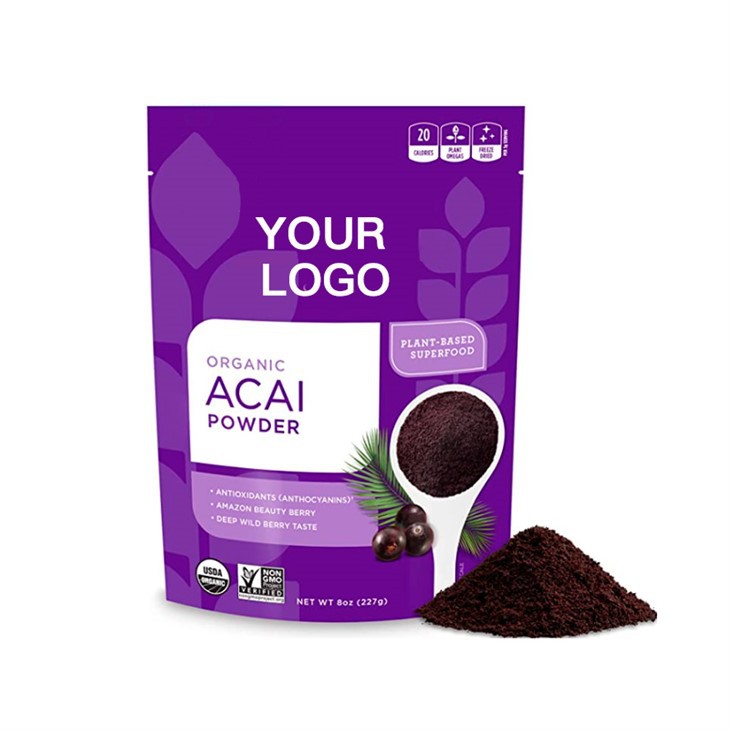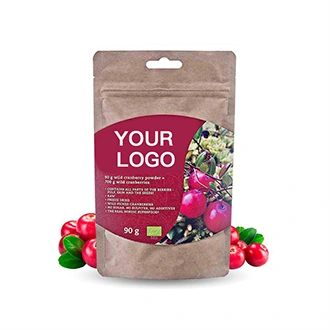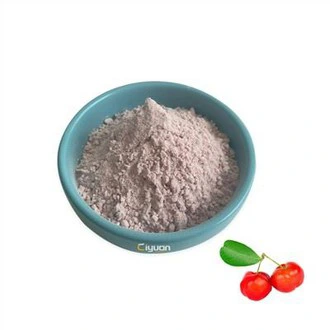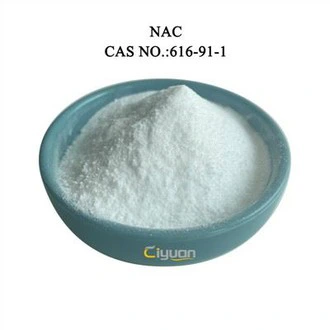What is Acerola Extract?

Acerola Fruit Extract is an active component extracted from the fruit of Malpighia. It contains protein, sugar, fruit acid, vitamin A, B1, B2, vitamin C, niacin, calcium, phosphorus, iron, etc. It has good anti-anemia, anti-fungus, anti-genotoxicity, and strong scavenging capacity of superoxide anion free radical, hydroxyl free radical, and DPPH · free radical, which can be used as a natural antioxidant in the food and cosmetics industry
Acerola Cherry Powder in coniferous cherry is the third highest among the plants planted. The content of vitamin C in every 100 grams of fruit reaches 1677 mg, which is only inferior to kakadu plum and kamu fruit. It is 31 times higher than lemon, 27 times higher than strawberry, 18 times higher than kiwi fruit, and 7 times higher than guava, which is considered to have very high vitamin C. It is one of the "kings of natural vitamin C", and also contains elements such as vitamin A, vitamin B1, vitamin B2, iron, and calcium, Vitamin C is an indispensable ingredient to maintain human life. It can prevent scurvy, improve human resistance, and have a certain effect on beauty. It is widely used in health care, beverage and beauty.
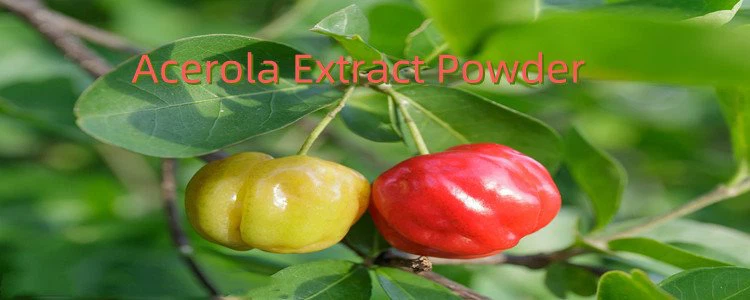
Quality Control COA

ITEM | STANDARD | TEST RESULT |
Assay | ||
Vitamin C | 25.0% | 26.41% by UV |
Physical & Chemical | ||
Appearance | Pink Fine Powder | Complies |
Odor | Characteristic | Complies |
Particle Size | 98% pass 80 Mesh | Complies |
Solubility | Soluble in water | Complies |
Loss on Drying | ≤5.0% | 4.27% |
Ash | ≤5.0% | 3.01% |
Heavy Metal | ||
Total Heavy Metals | ≤10ppm | Complies |
As | ≤2ppm | <2ppm |
Pb | ≤2ppm | <2ppm |
Microbiological Test | ||
Total Plate Count | ≤1,000cfu/g | Complies |
Yeast and Mold | ≤100cfu/g | Complies |
E.Coil | Negative | Negative |
Salmonella | Negative | Negative |
Conclusion: Conform with specification |
Botanical Source

Coniferous cherry is also called West Indian cherry. It is native to tropical America. The aborigines of the Caribbean Sea in the West Indies have cultivated and utilized it for hundreds of years. Later, it spread to Hawaii, India, and other countries in the world's tropical and subtropical regions through tropical America. Causal meat is very rich in vitamin C and is highly valued by countries in South North America, Central America, and the Caribbean Sea of the West Indies. In recent years, tropical areas such as Guangdong, Yunnan, and Taiwan have also begun to grow in large areas.
1. Base source
The fruit of M.emarginata in Malpighia of Malpighiaceae. [Alias] Asilola Cherry, Brazil Needle Cherry, Brazil Big Cherry, West Indian Cherry, Antille, Barbados Island, etc.
2. Plant morphology
It is an evergreen shrub with vigorous growth. The tree type opens into clumps. The trunk is light brown, and the tree's height is about 2m~3m. The main branches can be pruned to form small trees. The height of 10~12-year-old trees can reach more than 4m~5m. The leaves are opposite, single, obovate to long elliptic, sharp or occasionally obtuse at the apex, the petiole is very short about 0.2cm~0.4cm, the leaf base Chemicalbook is sharp or cuneiform, full edge, smooth and leathery, the upper surface is dark green, the back surface is shiny green, the new shoots are yellow-green, 4~6 pairs of leaf veins are feathery lateral veins, without stipules, the leaf length is 3cm~10cm, the leaf width is 1cm~5cm, the young leaves have white hairs, and become smooth after growing. The size and shape of leaves are often different due to different varieties and different positions. The flower is a cyme, which grows between the axils of branches and leaves. It is completely tasteless, with 5 petals and a corolla diameter of 1cm-1.5cm. The flower color ranges from light red and rose red to white. The flowering period is from March to November in central and southern Taiwan. After flowering, it bears fruit immediately, and the fruit ripens in 3-4 weeks. Some strains had self-incompatibility, which was an important factor for the low rate of flower falling and fruiting. The fruit is spherical or flat spherical, with three or more edges. The color of the berry peel gradually changes from green to light yellow, orange-yellow when immature to red, and dark red when mature. The peel is thin and smooth. The weight of the fruit is about 7kg~9kg, and the diameter is 2cm~2.5cm. The flesh is yellow, soft, and juicy. The immature fruit is sour, and the mature fruit is sour and sweet, with aroma and good flavor. Each fruit has 3 seeds, each containing 1 seed.
Function

1. Coniferous cherry is rich in vitamin C, which is the most abundant fruit in the world. The VC content in 100g fruit is 2445mg, which is much higher than 40mg of lemon, 68mg of citrus, and 100mg of kiwi fruit. The guava, which has been considered to have a very high vitamin C content, is only 180mg, which is truly the "king of vitamin C.".
2. At the same time, coniferous cherries also contain vitamins A, B1, B2, E, and P, niacin, anti-aging factor (SOD), calcium, iron, zinc, potassium, protein, and other nutrients, which are of high nutritional value, and have the reputation of "the fruit of life". Among them, vitamin P can prevent vitamin C from being damaged by oxidation and enhance the absorption and utilization of VC.
3. Acerola Cherry Extract is a good antioxidant, which can eliminate free radicals produced in human activities. However, natural VC also contains a variety of nutrients in addition to VC, which is absorbed slowly in the human body. Its concentration in the serum can maintain a high level for a long time, and its effect on the human body is incomparable to that of VC from other sources. Its unique anti-aging factor (SOD) - superoxide dismutase can effectively resist the invasion of foreign harmful substances and has the effect of delaying aging.
About US



Manufacture




